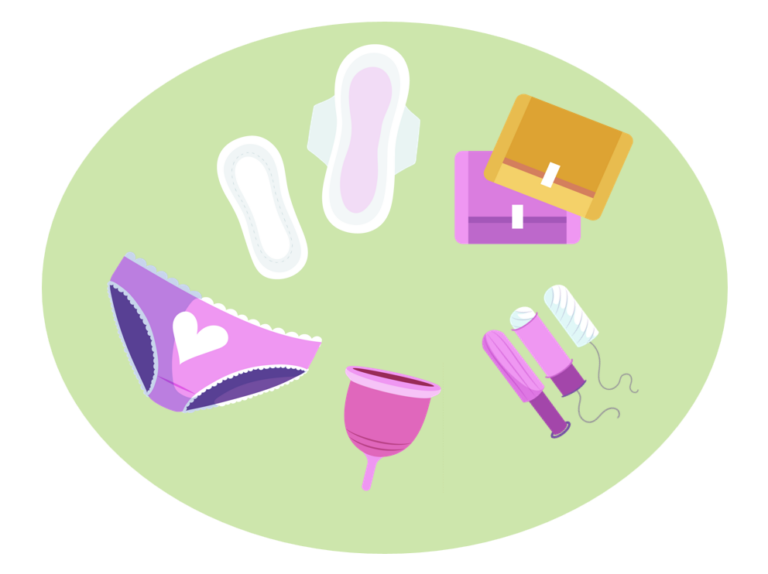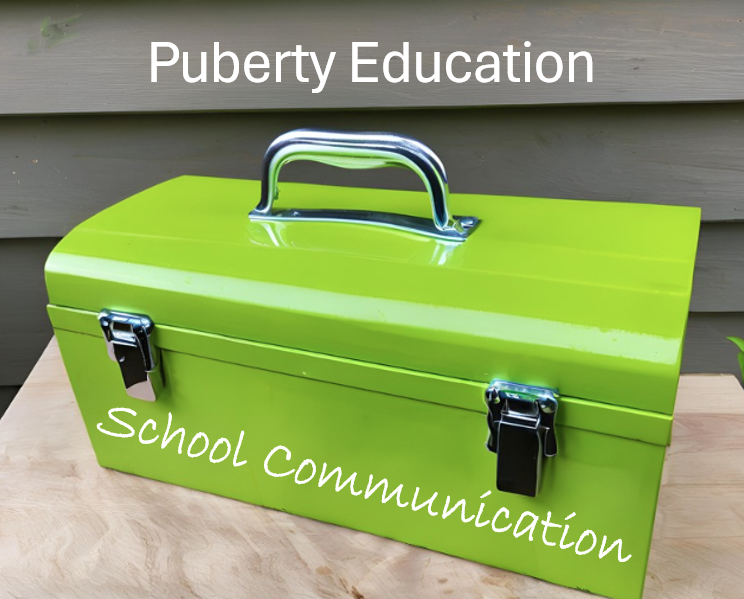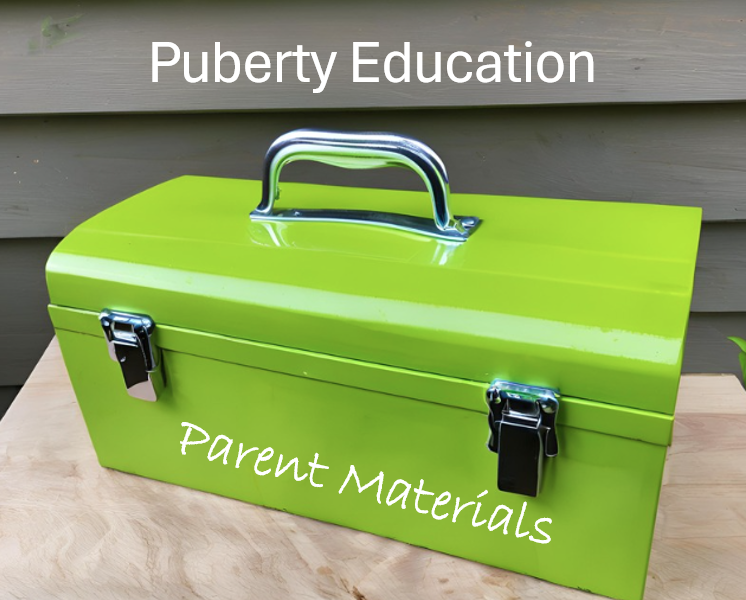3 Ways to Start the School Year Right
School is right around the corner, and many 9- to 12- year-olds are anxiously preparing to head back for a fresh year of learning and socializing. While some may be excited at the idea of school, other kids may be feeling nervous or unsure. From a parent’s perspective, you may be experiencing the same thing!

As school begins, now’s the time to have those important conversations that prepare both you and your child for the year ahead.
Start the school year right with these three tips from Puberty: The Wonder Years™.
1. Watch for Signs of Unhealthy Emotional Adjustment
Your child is sure to feel many different emotions at the start of school, and most will be healthy and a natural part of development. But what if they aren’t? And, how can you tell the difference between normal and the beginnings of depression?
Depression is a serious mental health problem that can happen anytime. Luckily, the Mayo Clinic put together a report that outlines many signs of depression specific to young people. A few emotional changes include crying spells, feelings of hopelessness and consistent irritability. Behaviorally, watch for changes in your child’s energy level, sleep schedule, appetite, and slowed thinking, speaking or body movements. Take a look at the article for a complete list of signs.
It can be difficult to tell the difference between normal kid behavior and a larger problem. Try your best to keep the communication lines open with your young person and, if they don’t seem to be improving, talk to your doctor or a mental health professional who works with young people. They can help!
2. Understand and Use a School Dress Code from the Start
As a parent, it can be hard to control what your child wears (or doesn’t wear) while still maintaining a supportive, open relationship. Advance planning and communication are key:
- Start the shopping and dress code conversation early, before school even begins.
- Make sure you and your child receive a copy of the school’s dress code. Read through it together and voice your support for following the school rules.
- Talk about the difference between clothing that can be worn at home versus clothing that can be worn at school. Discuss ways to avoid violations in advance.
- Make sure you support your child by embracing development at all stages. Be careful not to shun them or dictate dress based on their specific stage of physical development.
Recognize that clothing choices are a way to express identity and individuality, an important task for every young person. Encourage your child to form their identity through character trait and skill development, rather than through clothing.
Help them select comfortable clothing that will help them stay focused on learning. Eliminate clothing that distracts from learning by creating discomfort, limiting movement, or needing repeated adjustments. To read more about school dress codes, check out our three-part dress code series.
3. Help Your Child Feel Connected to Family and School
Young people want to feel close to their family and seek out feelings of caring, satisfaction, and understanding. They also want to see their parents/guardians at extra-curricular activities, family dinners, bedtime, anytime really!
When young people feel connected to parents and have parents who are involved in their lives, they are protected from many health risks, including drug use and early sexual activity. Research shows that parents truly matter!
Combine connection to parents with connection to school, and young people really benefit. A recent report on the Youth Risk Behavior Survey found that feelings of connection to school can reduce adolescent health risks. School involvement and attachment have been related to less sexual risk, substance use, violence, and suicide among youth across numerous studies.[1]
In short, parental involvement matters. While your children may not need you cut their meat into bite-size pieces anymore, you still play a very important role in their healthy development.
Puberty: The Wonder Years Helps Start the School Year Right
While our curriculum teaches children about the ins and outs of physical puberty, it also teaches mental health skills that young people need as they move into this developmental phase. It’s designed to build partnerships between schools and families, equipping parents and other trusted adults with the tools needed to engage with their children’s puberty education and emotional development. By keeping adult-child communication lines strong, we build safe and healthy connections – at the start of school and well into the future.
Do you have questions about Puberty: The Wonder Years curriculum? Would you like to see it implemented at your school? Contact us today to learn more!
[1] Many studies base their research on students in grades 9-12, but parents can lay the foundation now for a healthy teen down the road.
Sign up to receive a FREE sample lesson to see what Puberty: The Wonder Years is all about.



